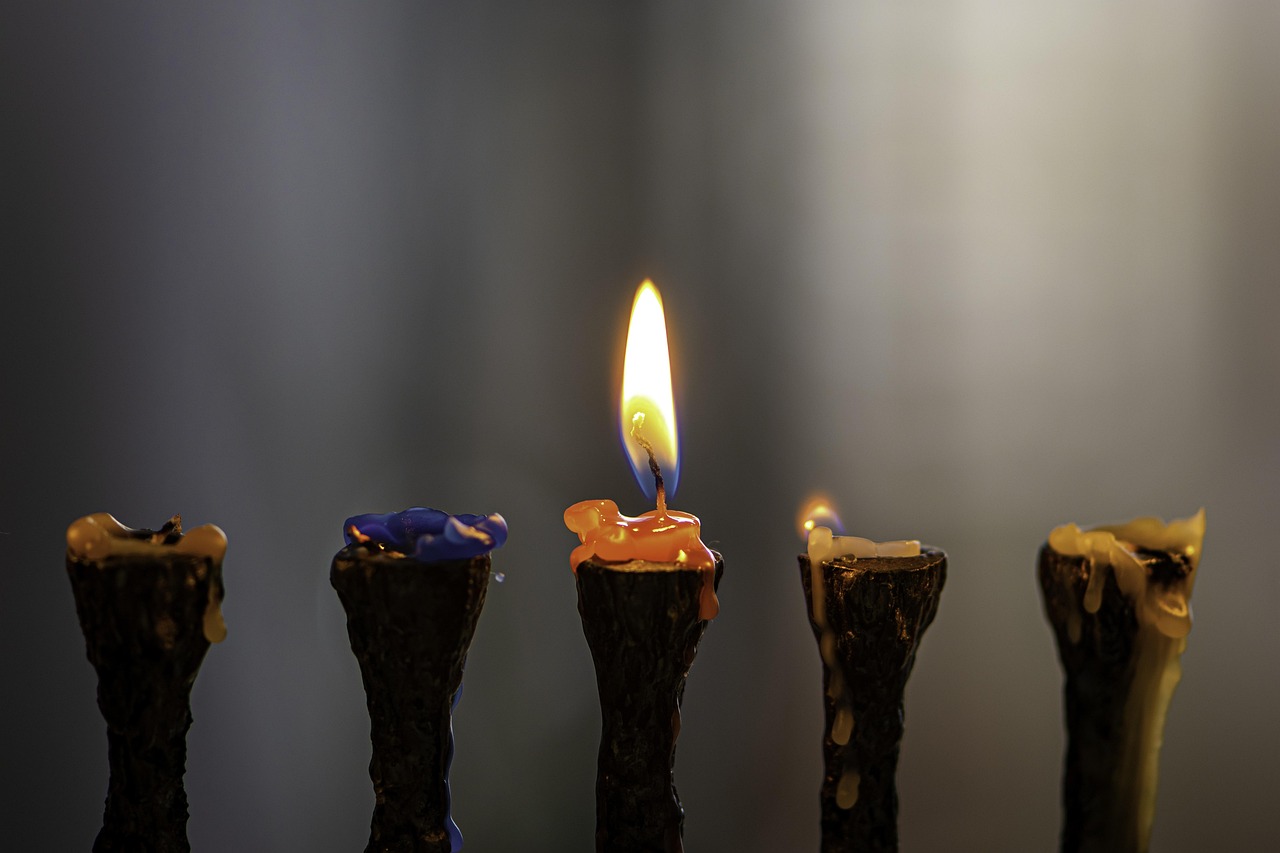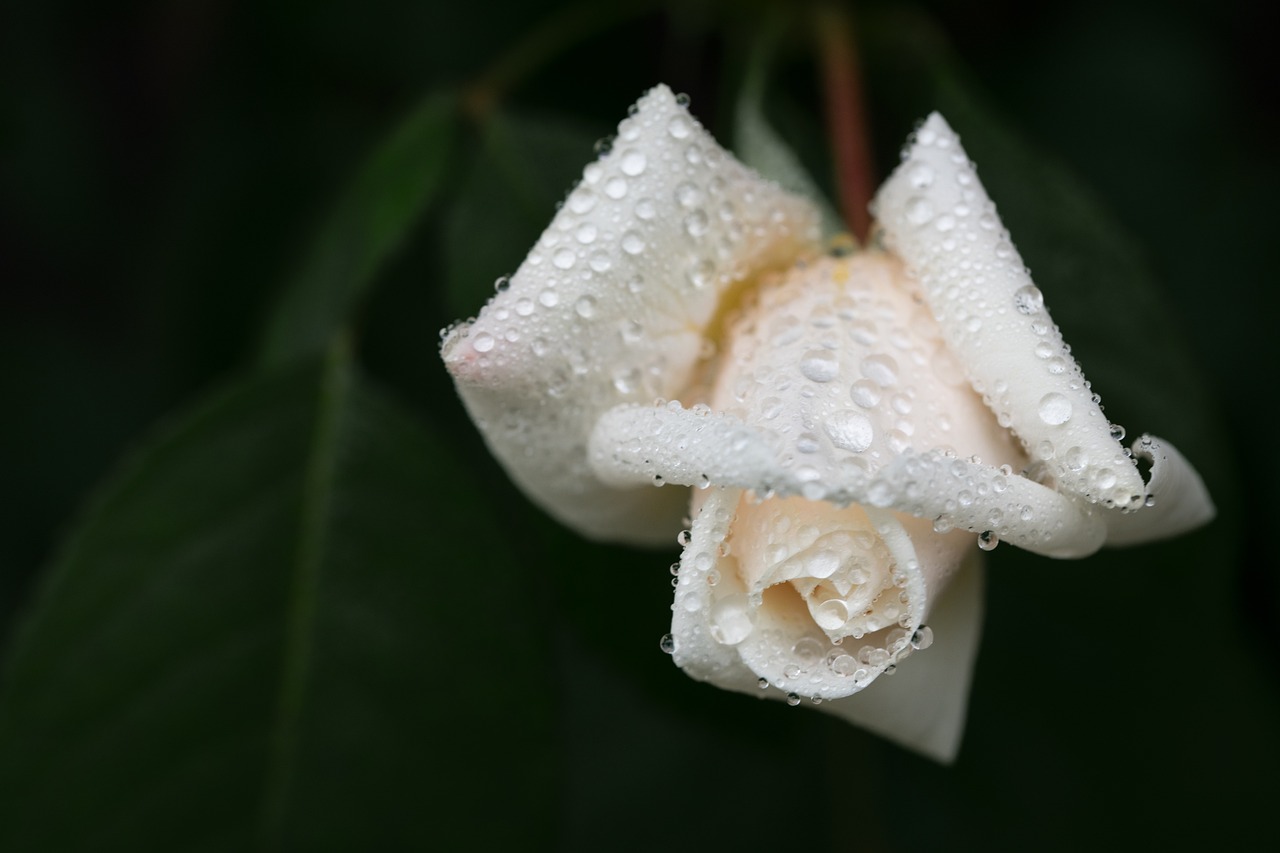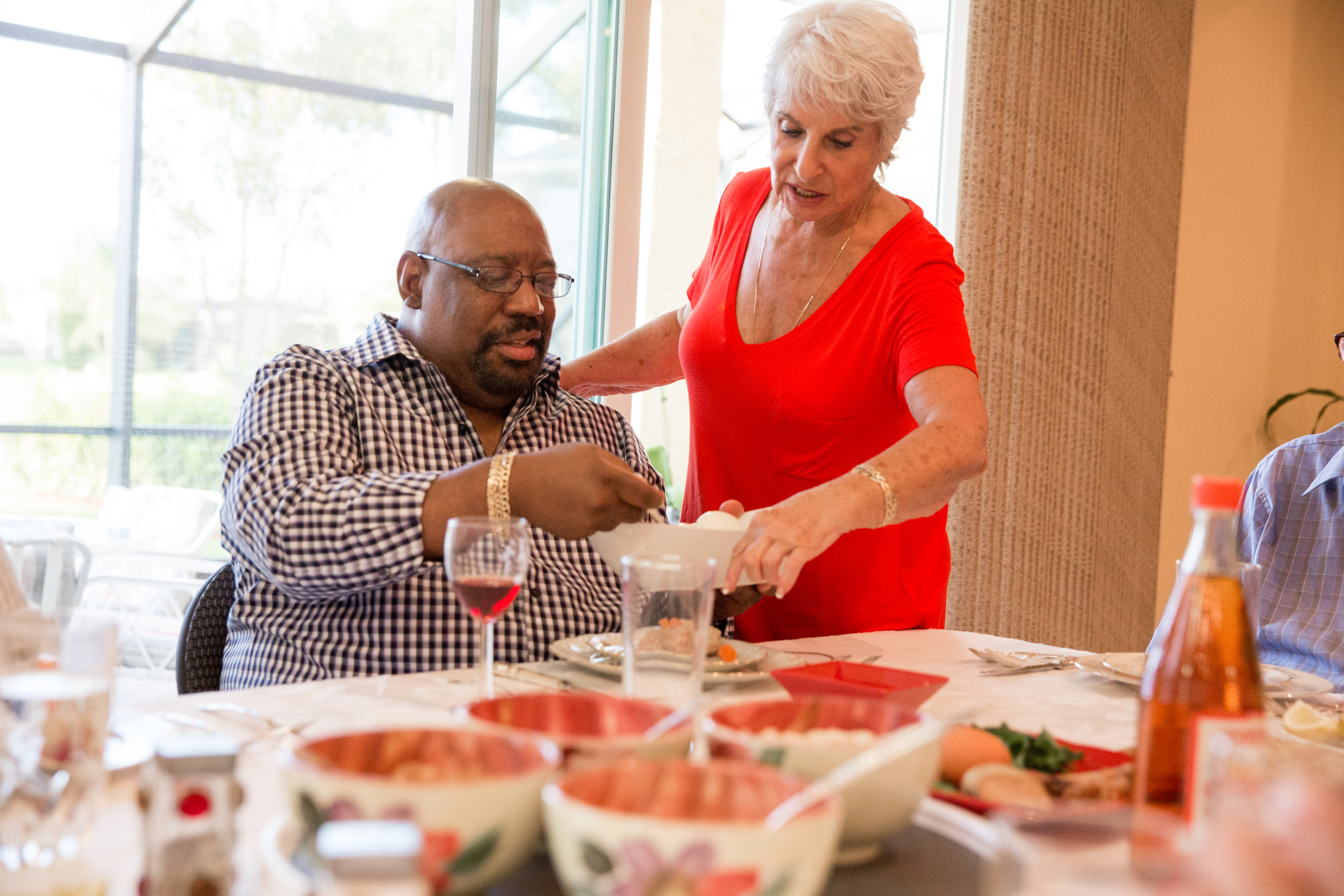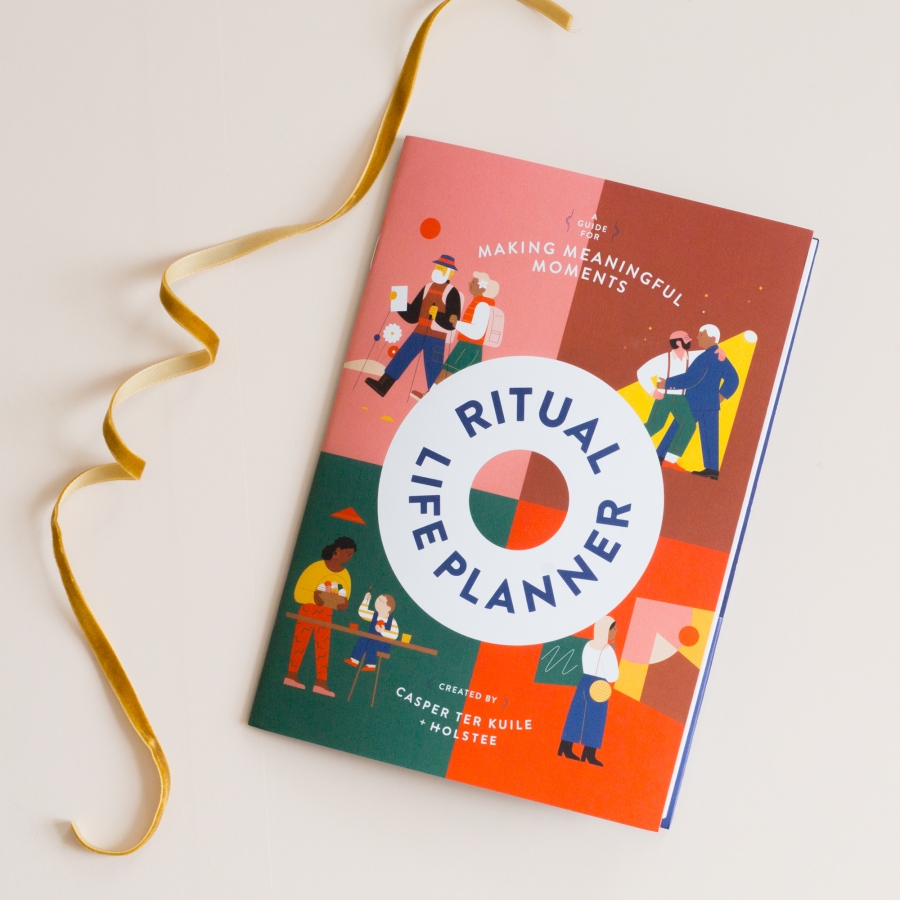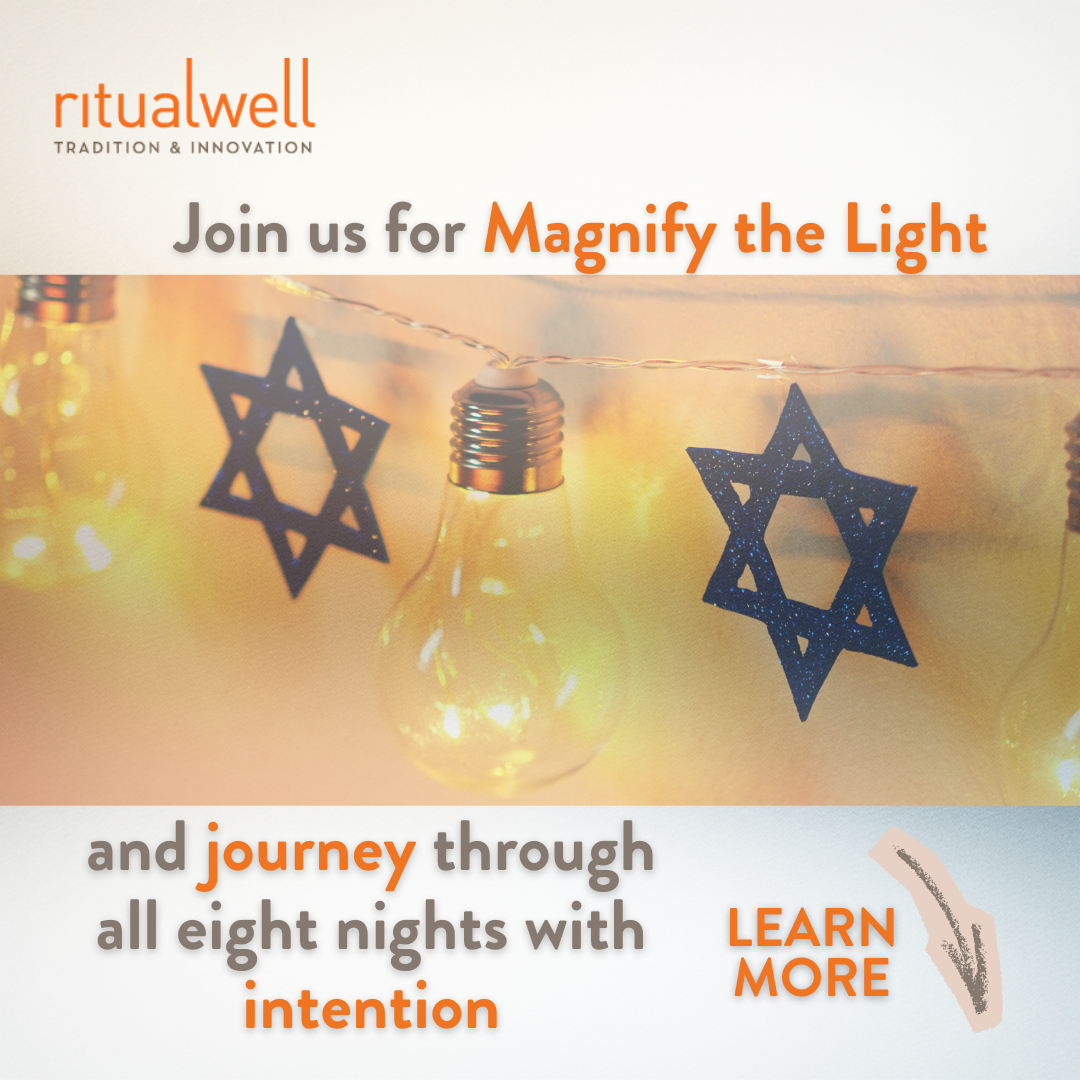After burial, and during the shiva period, the customary way our tradition offers for greeting mourners is with the words:
המקום ינחם אתכם בתוך שאר אבלי ציון וירושליםhaMakom y’nakhem etkhem b’tokh sha’ar avlei tzion v’yerushalaimMay God comfort you among the mourners of Tzion and Jerusalem
In this formula, the phrase “btoch sha’ar avlei tzion v’yerushalayim” functions to tie us together through time and space with our people who have also experienced loss, destruction, and grief. So much of our grief and mourning practices do this–sets us down in liturgies and phrases that help us to remind ourselves and to be reminded that, even in grief and mourning, we are not alone.
And. For some, this phrasing does not work, and we seek alternative ways to greet mourners, alternative ways that we may be greeted when we are in mourning that, like with innovations we make with the Passover Seder, do not orient us first towards Tzion and Jerusalem, but instead orients us towards each other.
This offering seeks to meet that need, drawing both from the traditional greeting here, and from a line in P’sukei d’Zimrah — הרופא לשבורי לב ומחבש לעצבותם — (Praise) The Healer of the broken-hearted, and the one who bandages their bones (Ps 146).
המקום ינחם אתכם בתוך שאר שבורי הלבhaMakom y’nakhem etkhem b’tokh sha’ar sh’vurei halevMay God comfort you among the brokenhearted


